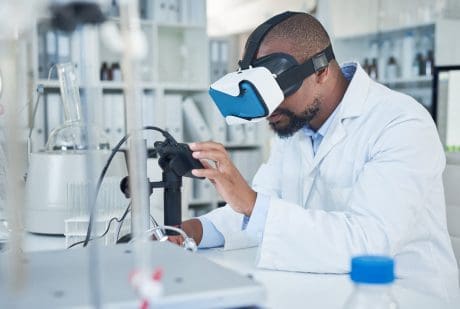
Medical Devices 101 | Your Questions | December 2023

Medical devices face a unique regulatory landscape that has been increasingly complicated by several factors in recent years.
The demand for more sustainable technology is being driven by both consumer demand and legislators, leading to regulatory implications. Global events such as Brexit and COVID-19 have also created unprecedented challenges.
As devices become increasingly integrated with artificial intelligence and an internet connection, new cybersecurity and data protection legislation is racing to keep up.
And on top of all this, the new regulatory framework for IVDR and proposed amendments for the registration, and inspection of medical devices under MDR means staying ahead is more critical than ever.
In this series, we gather some of the most interesting recent inquiries from Compliance & Risks customers regarding medical device regulatory updates globally.
Question 1: Are there laws surrounding the prohibition of manufacture of mercury-added products in the UK?
The UK has not adopted any new regulation on the control of mercury-added products and processes since leaving the EU.
The provisions of EU Regulation 2017/852 on mercury are retained in UK law under the EU Withdrawal Act 2018. The process of providing the initial notification of a new mercury-added product or process to the competent authorities continues to be carried out at the national level in the UK, following the same procedure.
Likewise the criteria for authorisation continues to be the same as those stipulated under the EU Regulation and Minamata Convention.
Question 2: What is the role of the professional user, per France regulation on annual reporting of substances placed on the market in nanoparticle form, Decree 2012-232?
Professional user under decree 2012-232 has the same meaning as in the REACH regulation.
They are considered as a company or a person who acquires a product subject to registration or notification, and uses it in the framework of its economic activities.
Professional users that distribute nanomaterials substance/ mixture/article are subject to the declaration obligation.
Only those who are end users of the substance/ mixture/ article are exempted. Further insight are provided here in the FAQ on the French R-nano system.
Stay Compliant With Global Medical Device Regulations:
Catch up on our medical device updates with your coffee here:
- Software As A Medical Device – Definition and Classification in the EU, USA, China, and Japan
- Regulatory Trends in Medical Devices: A 12-18 Month Outlook
- Keeping Pace with Change: Recent Regulatory Updates Shaping Medical Device Compliance
- European Commission Publishes MDR and IVDR Factsheet for Non-EU/EEA Countries
Have you got a Medical Device related query?
Many of the above questions were submitted and answers were conveyed by Compliance & Risks customers via the “Ask Our Experts” button in C2P.
Clients use AOE to ask about the latest proposed, enacted, and amended regulations and mandatory standards applicable to their products and geographies of interest.
When AOE questions can be answered in 30 minutes or less, Compliance & Risks’ subject matter experts answer them at no charge!
To learn more about C2P and how Compliance & Risks SMEs can help you with your questions, contact us today.
Meet our Experts

Global Regulatory Compliance Team
Our team of experts will elevate your strategic edge by addressing questions about laws and regulations. Fluent in almost 30 languages and backed by an extensive database of 82,000 sources, our experts bring unparalleled knowledge to the table. Moreover, our expert team is dedicated to educating your organization, fostering better engagement, and ensuring your compliance and risk management strategies are second to none. With our team of seasoned professionals by your side, you’ll gain a competitive edge in navigating the complex landscape of compliance management, gaining deeper insights and valuable guidance.


